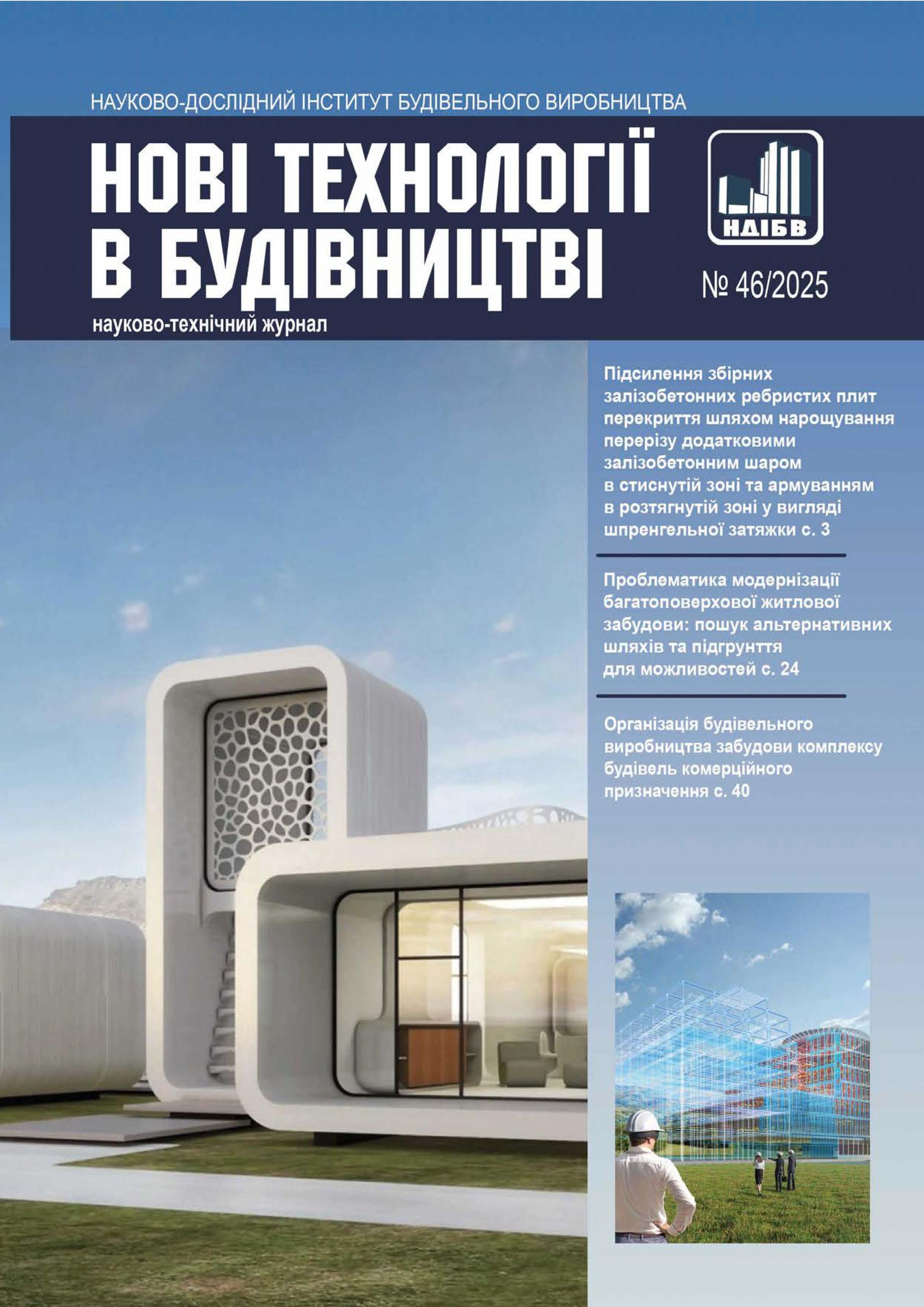The purpose of peer review is a meaningful peer review of the quality of a scientific article by the following criteria:
- compliance with the publication policy;
- the title of the article content;
- formulation of a solved problem or task;
- substantiation of relevance of the presented materials;
- the research nature of the article;
- the reasonableness of the statement and conclusions, including the availability of references to used and other information sources;
- scientific novelty and practical significance of the obtained results;
- the presence of conclusions on the results of the article.
The editorial board upholds the international standards of transparency in the peer review process, so it practices double anonymous review of manuscripts: the names of each other are not communicated to the author and reviewer. Previously, all of their personal data is removed from the article texts and file properties.
Articles submitted to the journal are sent for review to members of the editorial board.
Reviewers study the material and evaluate its scientific level, fill out a review form, provide their comments and suggestions.
Reviewers choose one of the following recommendations:
- Article accepted - material ready for publication and accepted without changes.
- Accepted, minor changes required - Accepted if author respects specified comments.
- Declined, major changes required - Submission rejected, major edits required.
- Article rejected - submission does not meet publication requirements.
After the review process is complete, all relevant information is sent to the author. The author finalizes the manuscript and sends a new version to the journal mail. If the manuscript has not been returned, or the reasons for the delay have not been communicated to the editor, it is withdrawn from the queue and deleted.
Reviewers revisit the revised manuscript and make recommendations for its future publication.
In case of negative review, the editorial board reserves the right not to publish the article.




